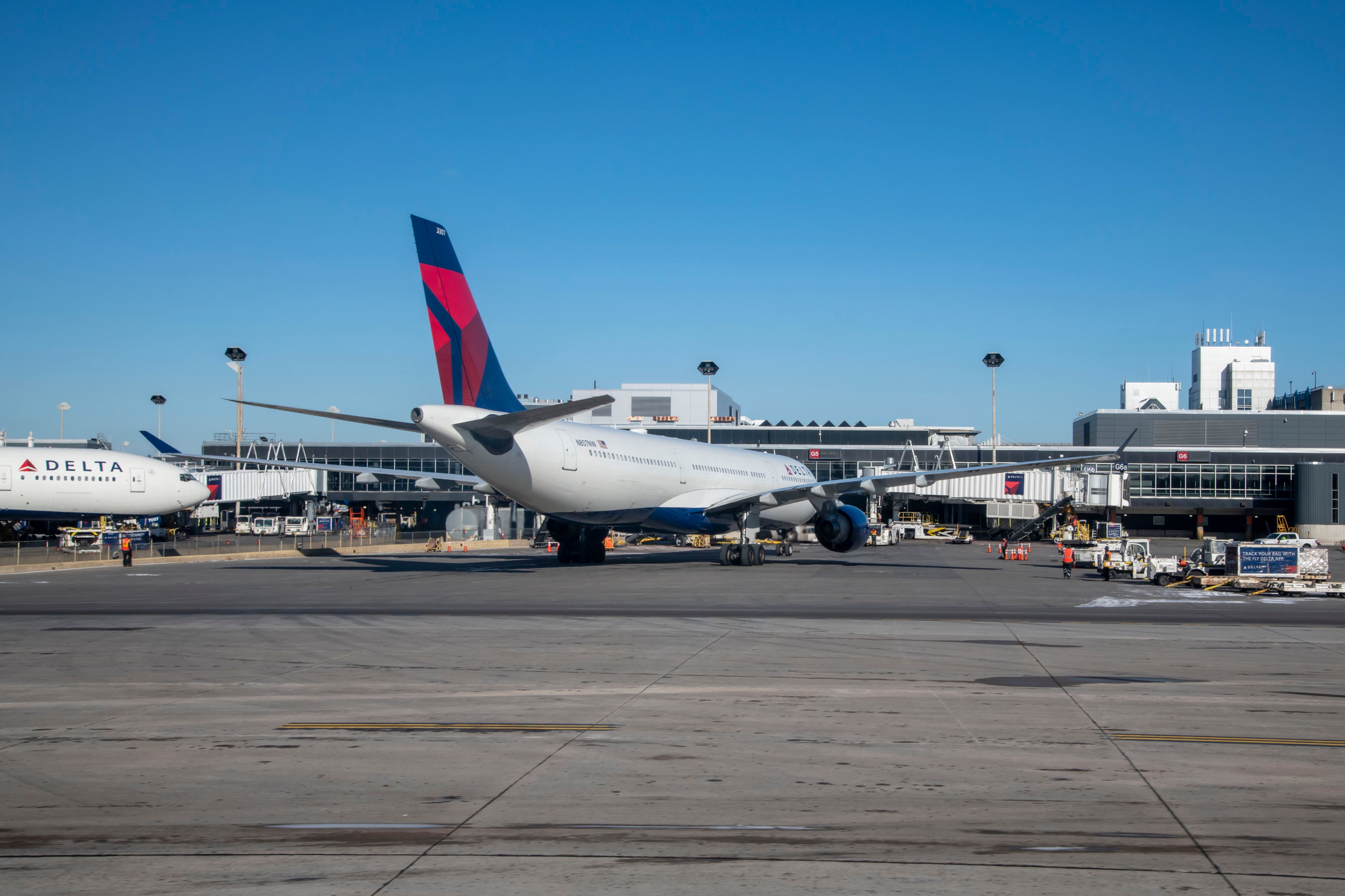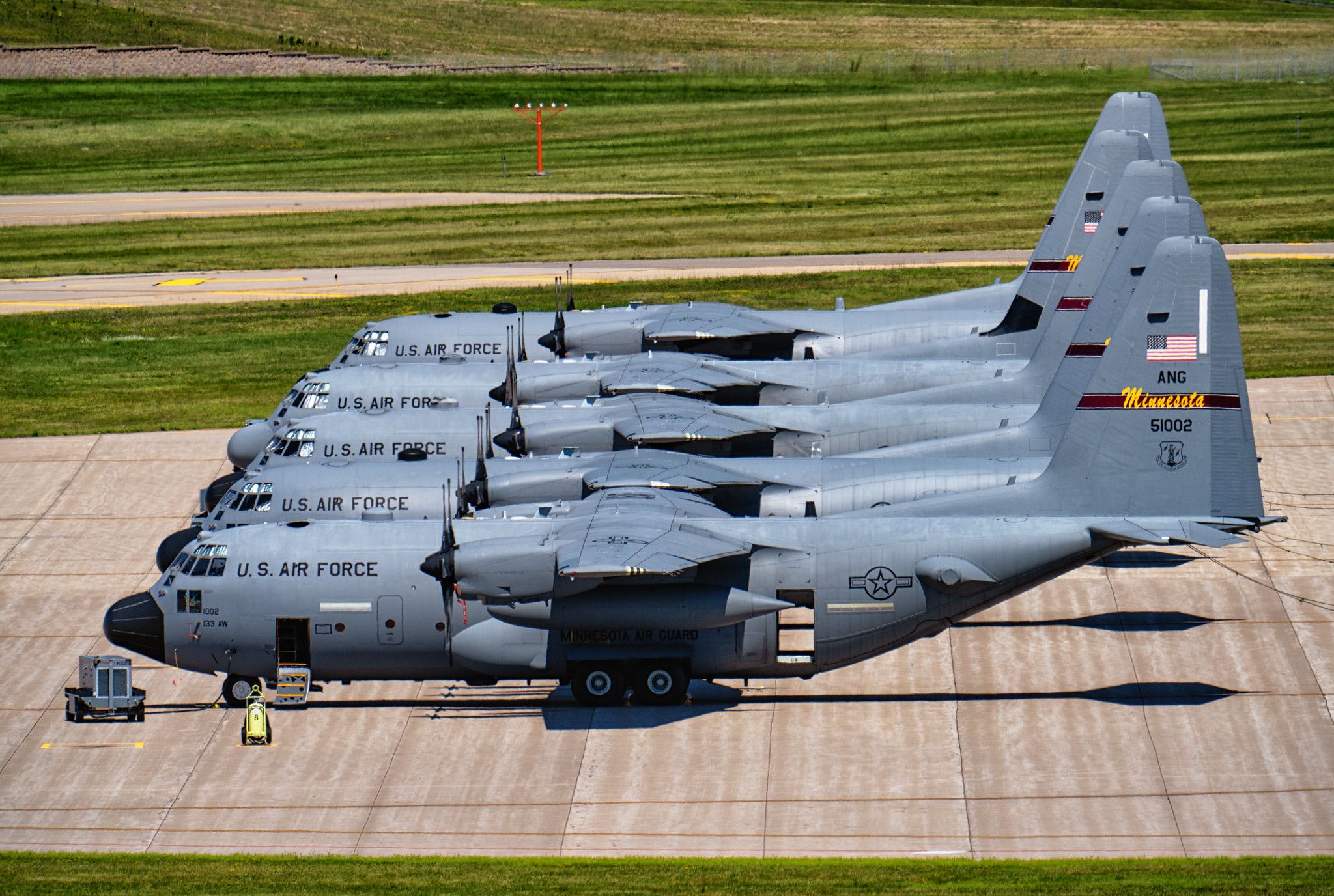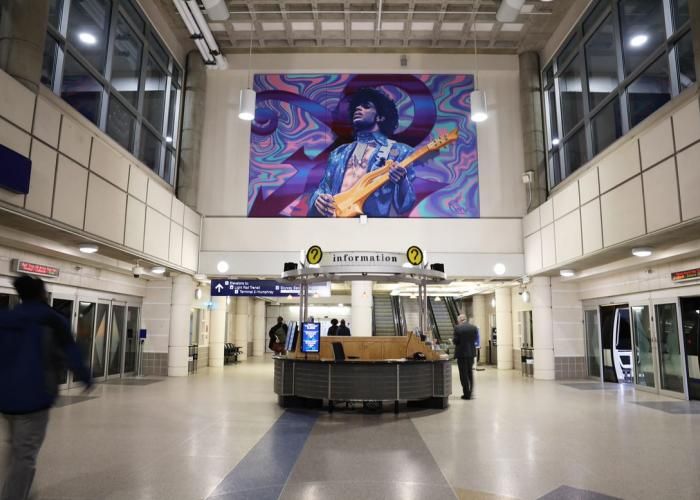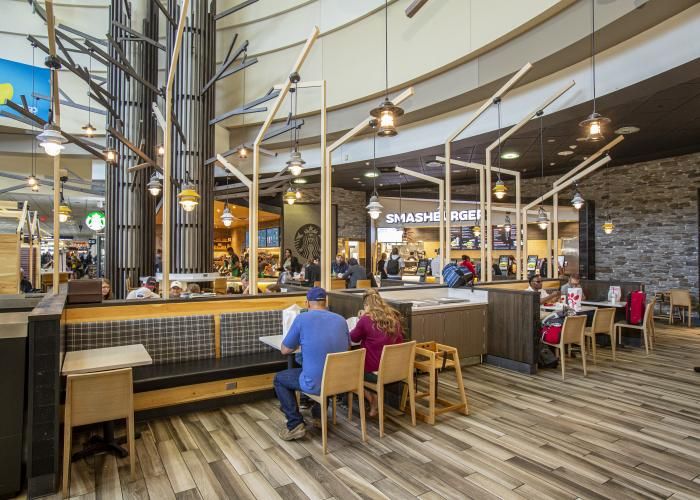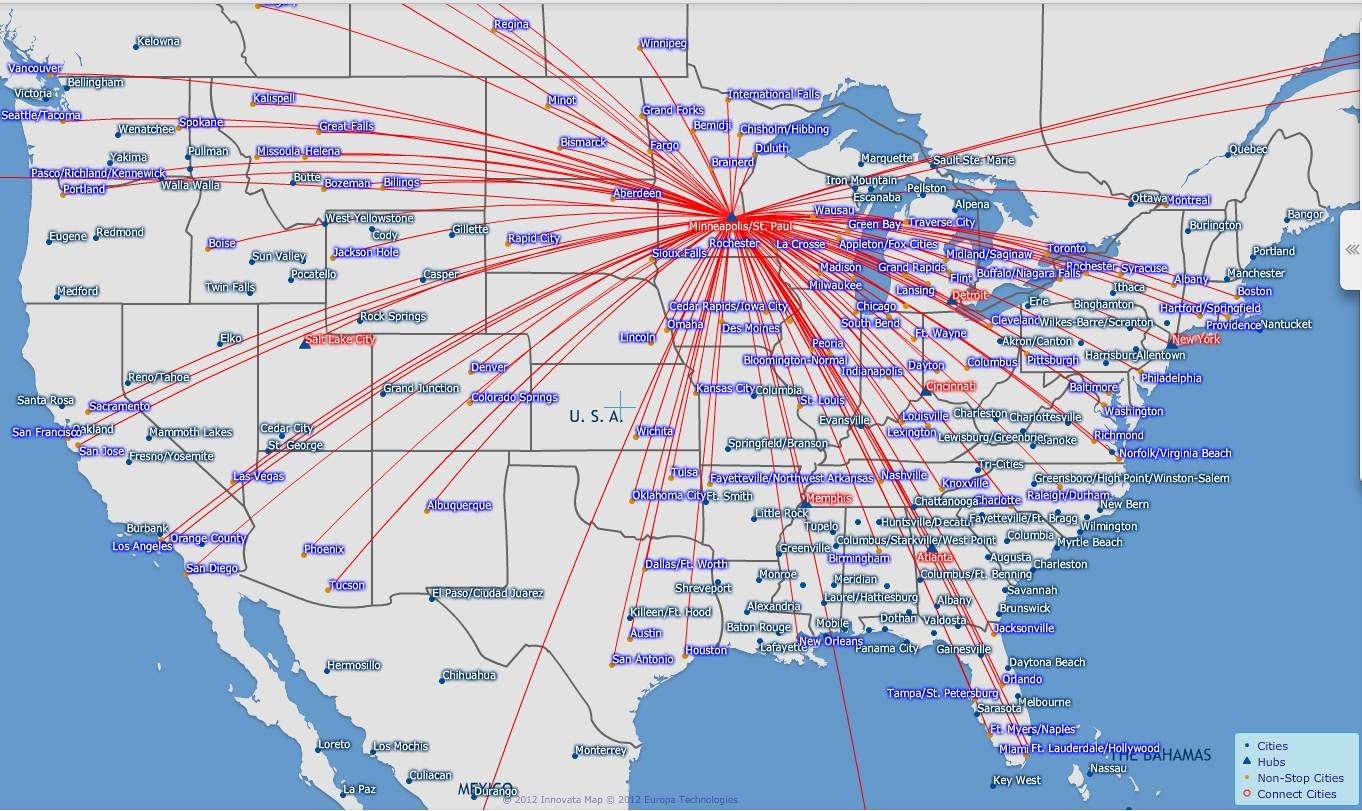Minneapolis–Saint Paul International Airport (MSP), also sometimes referred to as Wold-Chamberlain Field, is a joint civil-military public-use international airport located in Fort Snelling Unorganized Territory, Minnesota, United States.
Located ten miles from the downtown of both Minneapolis and Saint Paul, MSP is the busiest airport in the Upper Midwest of the United States. MSP is a significant hub for Atlanta-headquartered Delta Air Lines and the home of local low-cost carrier Sun Country Airlines. The airport is also home to Joint Air Reserve Station, acting as a military base for the Air Force Reserve Command and Air National Guard flight operations.
Under state law, the land on which the airport is built is not a part of any city or school district and covers and generates around $15.9 billion a year for Minneapolis and Saint Paul.
The airport was once a Speedway track
The airport began life in 1919 as a speedway field after groups of locals took control of the bankrupt Twin City Speedway racetrack. The first hangar was built for mail planes in 1920, and in 1923, the airport was renamed "Wold-Chamberlain Field" In honor of World War I pilots Ernest Groves Wold and Cyrus Foss Chamberlain.
In 1920 a hangar was built for mail planes, and the first passenger flights commenced in 1929. In 1944 the decision was made again to change the airport's name, this time to "Minneapolis–St. Paul Metropolitan Airport/Wold-Chamberlain Field," before replacing the word "Metropolitan" with "International" four years later.
Construction on Terminal 1 started in 1958
Work constructing Terminal 1 commenced on October 26, 1958, and was completed on January 13, 1962. Designed by Lyle George Landstrom, the terminal has two concourses and 24 gates. Pier D was opened in 1971, and what is now Pier A in 1972 as the airport grew. Over the years, the airport continued expanding, adding jet bridges and a moving walkway. Terminal 2 opened in 1986 and was rebuilt in 2001 for low-cost carriers Sun Country Airlines and Southwest. Terminal 2 is also used by JetBlue, Condor, and Icelandair.
Noise became a big issue
Due to complaints about aircraft noise in south Minneapolis, proposals were put forward in the 1990s to build a new airport in Dakota County to handle larger jets and more international traffic. Worried about the negative financial impact this would have, an arrangement was made to soundproof and air-condition homes in the vicinity of the airport.
There were many complaints about the funding for the project, especially after a downturn in traffic following the September 11 terrorist attacks on New York and Washington in 2001. The funding problems were later overcome, and by 2014, 15,000 single-family homes and 3,300 apartments in the vicinity of the airport were soundproofed at the cost of $95 million.
Terminals at MSP
Today Minneapolis–Saint Paul International Airport has two terminals with a total of 131 gates. All international arrivals are processed in Concourse G in Terminal 1 and Terminal 2.
In Terminal 1, there are 117 gates divided among seven concourses labeled A through G. Terminal 2 has 14 gates in the single H concourse.
MSP is the only airport in the United States in which the two terminals are on separate roadway systems. Road signage was improved in 2010 to make locating the two terminals simpler.

